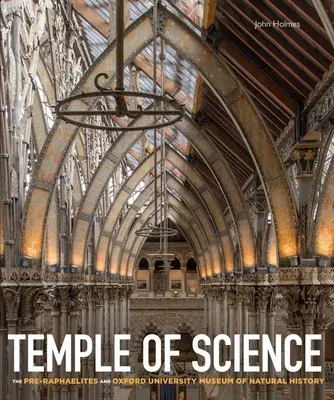John Holmes
(Author)Temple of Science: The Pre-Raphaelites and Oxford University Museum of Natural HistoryHardcover, 2 February 2021

Qty
1
Turbo
Ships in 2 - 3 days
Only 3 left
Free Delivery
Cash on Delivery
15 Days
Free Returns
Secure Checkout

Print Length
184 pages
Language
English
Publisher
Bodleian Library
Date Published
2 Feb 2021
ISBN-10
1851245561
ISBN-13
9781851245567
Description
Product Details
Author:
Book Format:
Hardcover
Country of Origin:
US
Date Published:
2 February 2021
Dimensions:
25.91 x
21.59 x
2.03 cm
ISBN-10:
1851245561
ISBN-13:
9781851245567
Language:
English
Pages:
184
Publisher:
Weight:
1020.58 gm